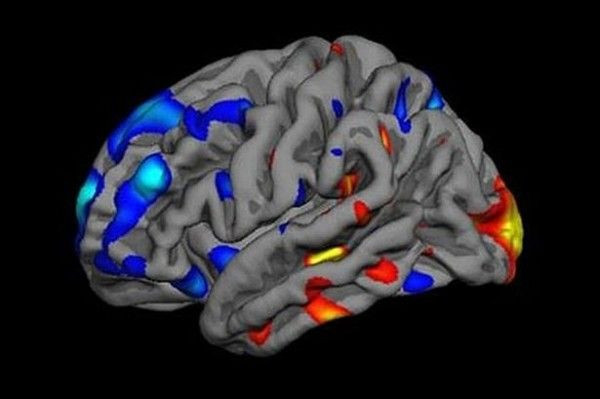New Research Explores Teenage Brain And Its Drive For Rewards

A University of Pittsburgh neuroscientist, Beatriz Luna, Ph.D., conducted a research to understand the teenage mind and the reason behind their impulsive risk taking behavior. Luna is a Professor of Psychiatry and Pediatrics at the Pitt School of Medicine.
For her study, she examined the brain development of hundreds of young volunteers. The development during the transition between childhood and adulthood was studied using a model which analsyed ones eye movements or saccades, which subsequently revealed brain function.
She found that most of the risk taking and dramatic need for urgent reward in a teenager comes from the brain’s ability to plan elaborately. She states that her findings contradict the notion that a teen’s prefrontal cortex is not very developed, as her study found that it is fully developed and similar to an adult’s prefrontal cortex. However, the difference lies in the motivation behind the actions. The thoughts of immediate reward and satisfaction as well as the new found ability to plan and execute the plan push the teenager to take risks.
The similarity of the brain function between a teenager and an adult was revealed during the experiments conducted as well. The experiment involved children, teenagers and adults, who were asked to look away from a flashing light on a screen placed in front of them. The ability to look away from a random light source that flashes in unexpected times required some amount of planning, which means it had to be done by the prefrontal cortex.
Luna explains that to overcome the impulse to look at the screen and the light source required planning, which was performed similarly by both adults and teenagers. “Teenagers were successful in about 70 percent of tries and adults in about 90 percent of tries. People with mental illnesses typically struggle with the task,” the press release stated. The MRI scan done simultaneously further revealed that the functioning of the brain was almost alike among teenagers and adults as well.
However, Luna found that adults can adapt to changing situations and circumstances but teenagers found it difficult to do so. The risk taking behavior thus stems in this age, which could explain the increasing teenage mortality rates. An understanding of the changes in the brain can also help combat depression and other neurological disorders earlier in life, she states.
Luna presented her research to a panel at the annual meeting of the American Association for the Advancement of Science held from Feb. 13 to 16 in San Jose, California.
For questions/comments regarding the article, you may email the writer at samrichardson.ibtimes@gmail.com.





















